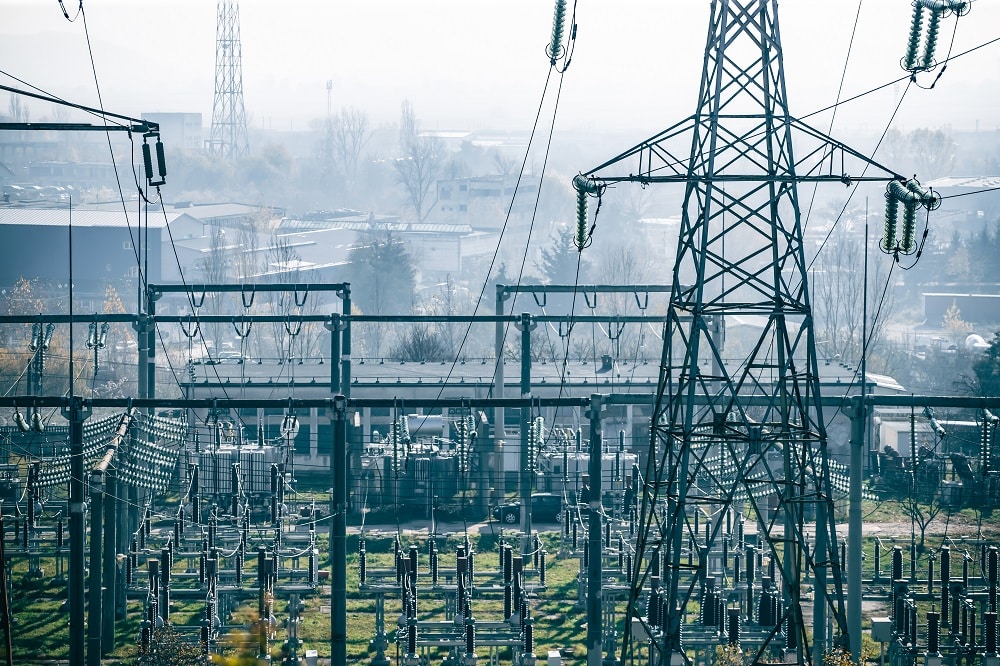The increasingly severe effects of climate change, coupled with a desire to build energy security and reduce reliance on external raw material supplies, have prompted the Chinese government to make swift investments in new renewable energy capacities. As a result, China is emerging as a global leader in energy transformation—currently accounting for the world’s largest increase in installed capacity in photovoltaics and wind turbines. Interestingly, they are also continuing to invest in coal energy.
According to the Global Carbon Project, global CO2 emissions increased by 1.1% year-on-year in 2023. The European Union managed to reduce its emissions by approximately 7.4%, and the USA saw a 3% decrease. However, during the same period, emissions in India rose by 8.2%, and in China by 4%. China remains the world’s largest emitter of greenhouse gases, responsible for about 30% of global emissions, followed by the USA. Yet, it is also currently the largest producer of renewable energy.
“The energy transformation in China has significantly accelerated in recent years, with a very dynamic increase in the installation of renewable energy sources, including photovoltaics and wind energy. Last year, more PV panels were installed in China than in any other country—over 200 GW, a tremendous amount—and we expect this trend to continue in the coming years,” says Maciej Kalwasiński, an analyst at the Center for Eastern Studies.
In March 2024, energy production in China’s largest electric power companies increased by 2.8% year-over-year, according to official data from the National Bureau of Statistics of China (NBS). Solar energy production increased by 15.8% year-over-year, and wind energy by 16.8%. NBS also reports that the production of thermal and hydro energy in March increased by 0.5% and 3.1% year-over-year, respectively.
“Already, production capacities from photovoltaics and hydro in China exceed 1 TW, and we estimate that this number will increase by another 300 GW this year, possibly even more. This is truly an impressive pace of energy transformation, aimed at reducing dependence on foreign energy supplies,” evaluates Maciej Kalwasiński.
The expert points out that the biggest challenge for China’s green transformation—similar to many other countries—is the ability to integrate new, renewable energy sources with the existing energy infrastructure and the development of transmission infrastructure and energy storage.
“Renewable energy sources are a less stable energy supply than traditional power plants, such as coal-fired ones. Therefore, with the current, very dynamic pace of installing new renewable sources, China must focus even more on expanding the transmission network and energy storage systems,” says the OSW analyst.
Due to climate change, China experiences waves of severe heat each year, reaching up to 50°C, which also causes a sudden increase in electricity demand, including for air conditioning and maintaining factory production. This leads to more frequent blackouts affecting entire provinces. Therefore, Beijing has decided to make swift investments in new capacities. However, this is not the only main motivation for change.
“Under the leadership of Xi Jinping, China is preparing for an escalation of conflict with the United States, so they are striving to develop economic self-sufficiency, reduce dependence on foreign supplies. Therefore, they are heavily investing in industrial development, as well as in the development of energy infrastructure based on domestic sources, such as solar and wind energy,” says Maciej Kalwasiński. “China is also expanding nuclear power plants, and at the same time, they are not giving up on investments in coal energy. While in terms of developing green energy China is at the forefront globally, they are also investing the most in the world in expanding coal capacities. This suggests that China’s main goal is still to reduce dependency on foreign sources and prepare for the need to utilize their own domestic energy sources in case of conflict.”
According to a report by Global Energy Monitor and the Centre for Research on Energy and Clean Air, last year China launched 47 GW of coal power, started construction on 70 GW, and approved plans for 106 GW of coal power plant capacities. The rise in coal consumption and greater investments in coal energy move the country away from the climate goals set for 2025, although they are not impossible to achieve. The Beijing government, which had been slow to declare emission goals, changed its strategy during the climate summit in Glasgow in 2021. The current plan stipulates that emissions will peak in 2030, with climate neutrality achieved by 2060.
China is currently highly dependent on imported oil, mainly used for transportation and heating. The share of imports in domestic consumption exceeds 70% and although it has been gradually decreasing for several years, it still poses a challenge in terms of Chinese independence and energy security.
“That’s why China is currently undergoing an energy transformation, with the main goal of reducing this dependence on foreign supplies,” says the analyst from the Center for Eastern Studies. “We expect that China will reach the peak of
its oil demand this year or next, which is related to the transformation in the automotive sector, where we observe increasing sales of electric vehicles. Therefore, in the transportation sector, the demand for fuels will decrease, and the demand for oil will be naturally limited. However, oil is also used in China for the production of other petroleum products, for example, in the industry. Therefore, we can expect that in the coming years, after reaching the peak, this demand for oil in China will continue to be maintained at a similar level.”
